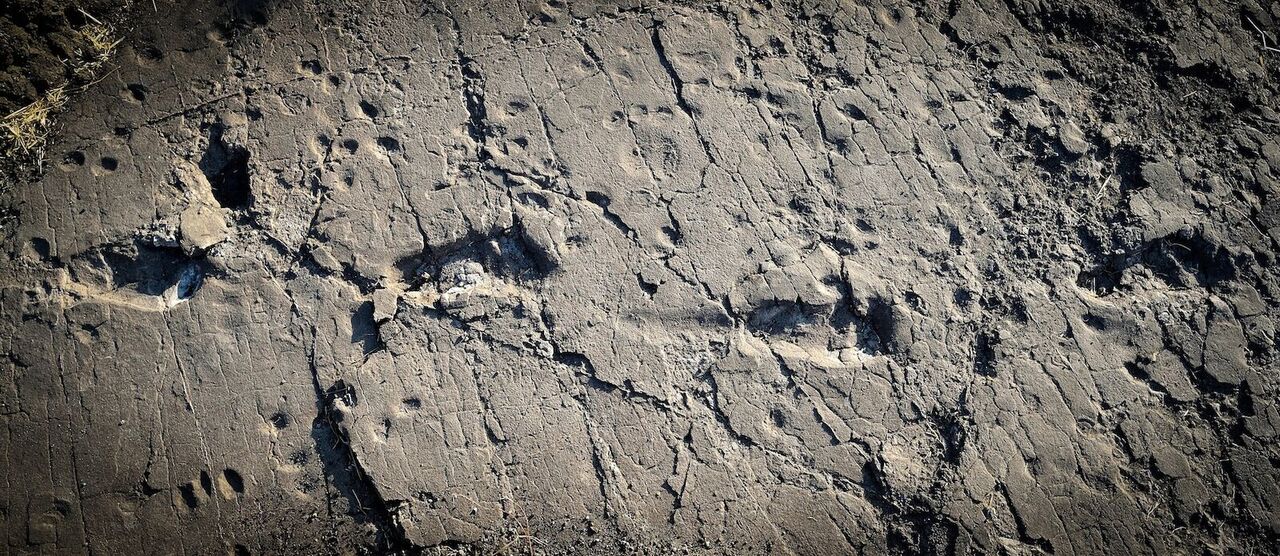New Scientist
Image: Raffaello Pellizzon
Three has become five. Laetoli in northern Tanzania is the site of iconic ancient footprints, capturing the moment – 3.66 million years ago – when three members of Lucy’s species (Australopithecus afarensis) strode out across the landscape.
Now something quite unexpected has come to light: the footprints of two other individuals.
“Our discovery left us without words,” says Marco Cherin at the University of Perugia, Italy.
The find looks set to transform our understanding of the Laetoli site and the social dynamics of australopiths, as well as their style of walking.
The original Laetoli footprints were discovered in 1976. Nothing quite like them had ever been found before. They remain by far the oldest hominin footprints we know, fortuitously preserved because a group of australopiths walked across damp volcanic ash during the brief window of time before it turned from soft powder into hard rock.
“Geologists say this hardening process must have occurred in just a few hours,” says Cherin.
The new discovery came about by chance. Keen to build a museum at Laetoli to attract tourists, the authorities asked Fidelis Masao, a researcher at the University of Dar es Salaam, Tanzania, to investigate the impact that building work would have on the site’s valuable geology, says Cherin. Masao and his colleagues excavated about 65 pits to get a better sense of the extent of the ash layer in which the footprints were found. One of the pits contained the new footprints – and more archaeologists, including Cherin, began to study them.
So far the researchers have uncovered 13 prints belonging to a large individual – dubbed S1 – and a single print belonging to a smaller S2 australopith. Once the whole area has been excavated, there could be as many as 50 prints belonging to S1, they say. Read more on newscientist.com…








